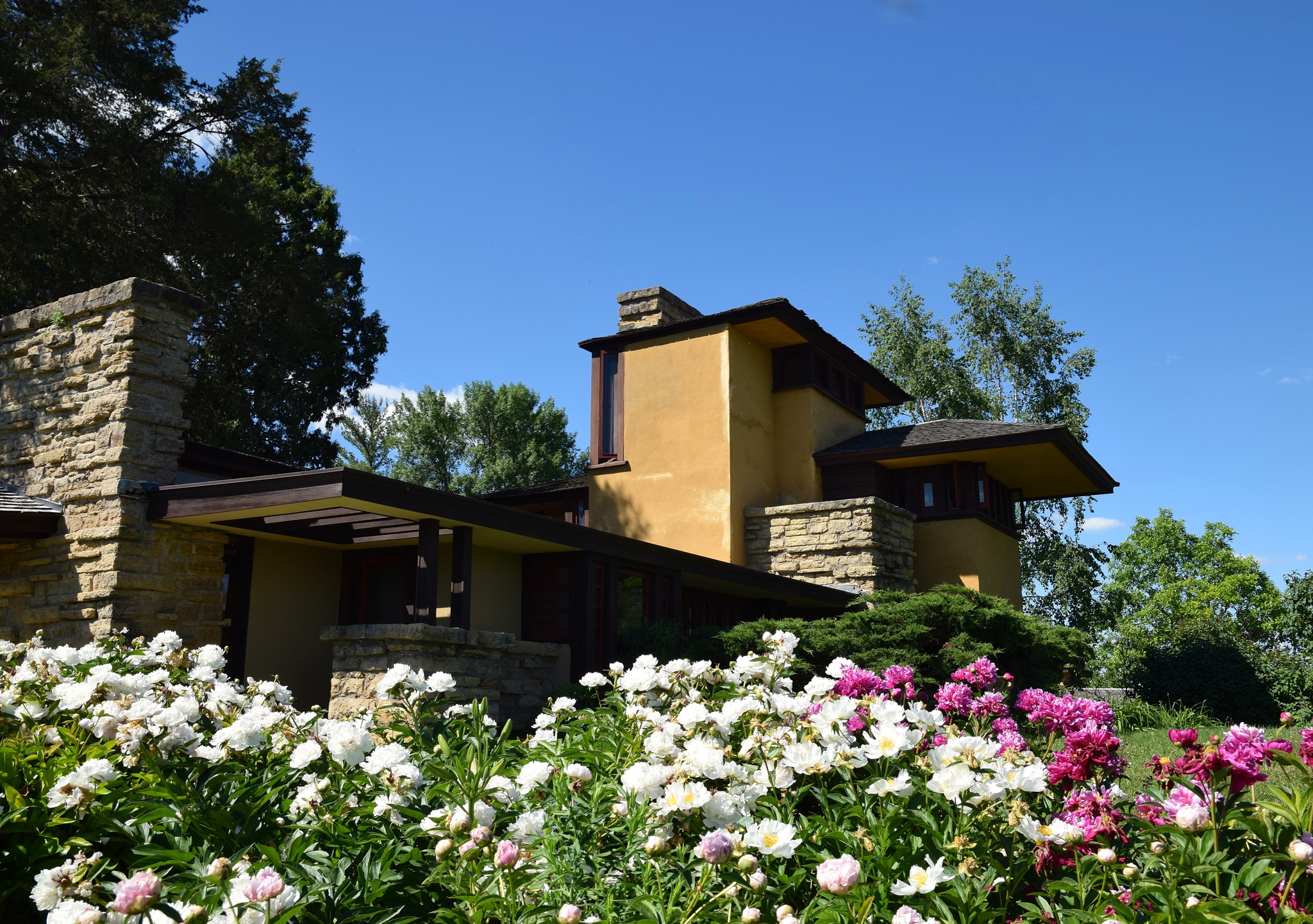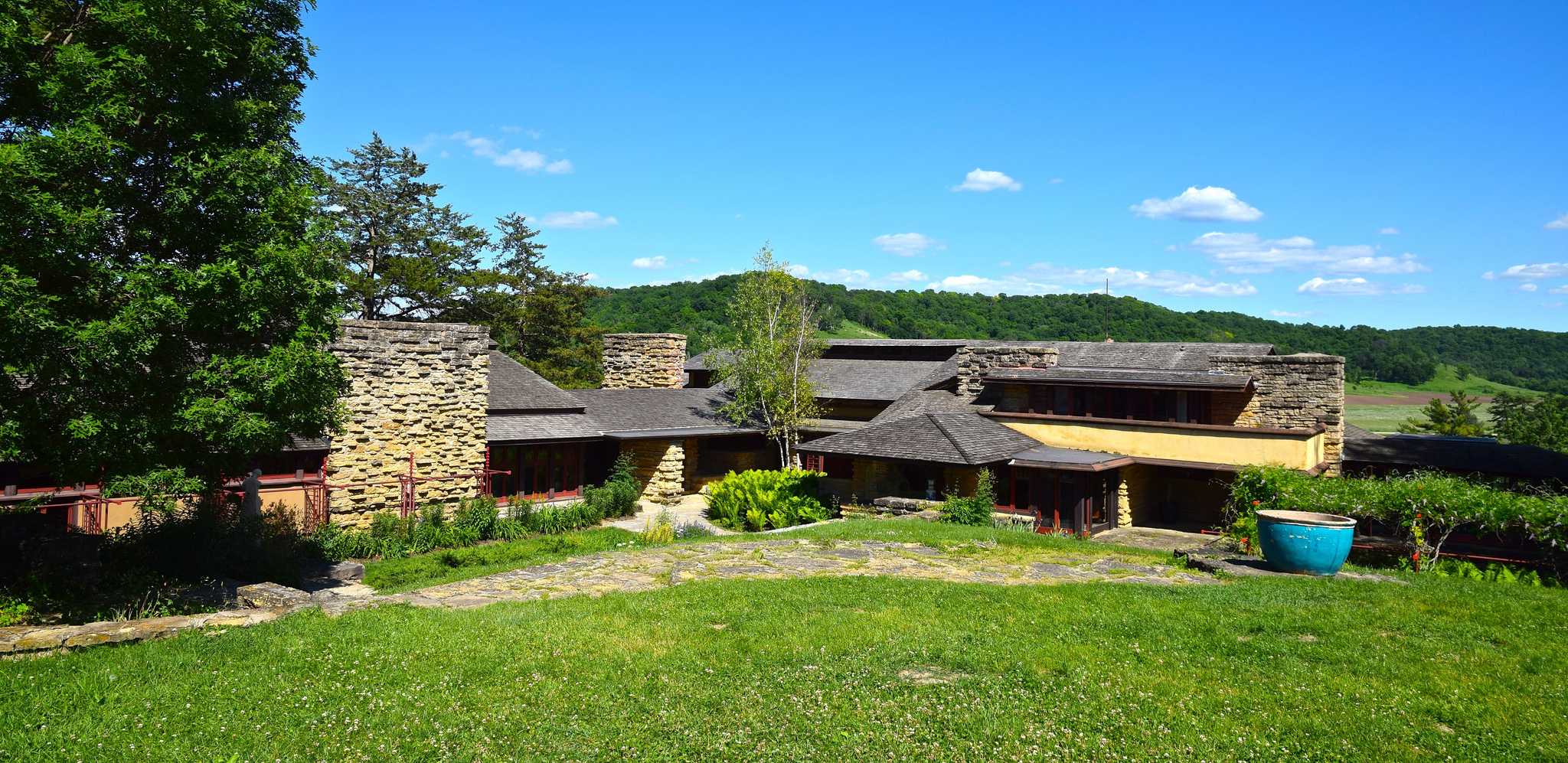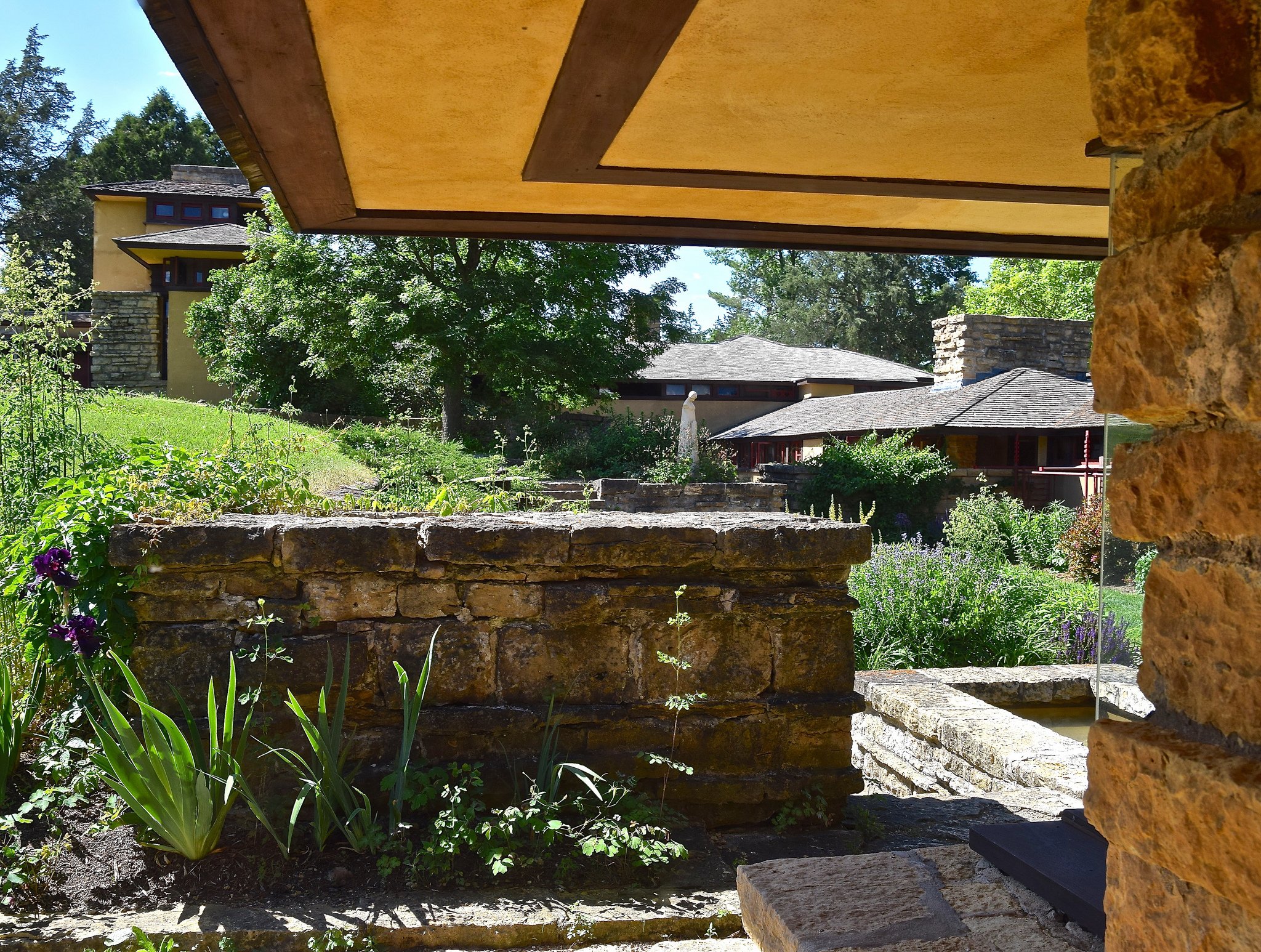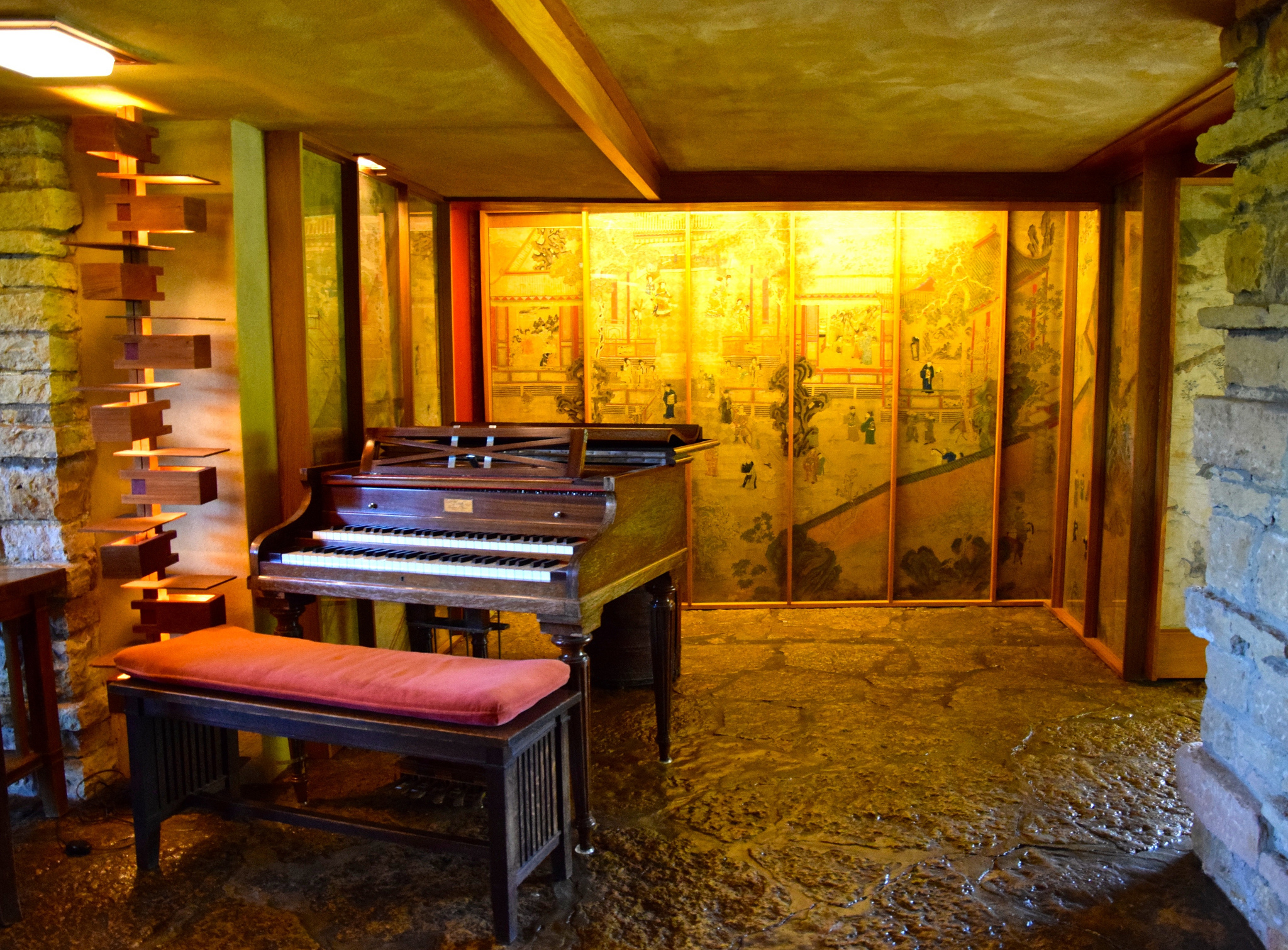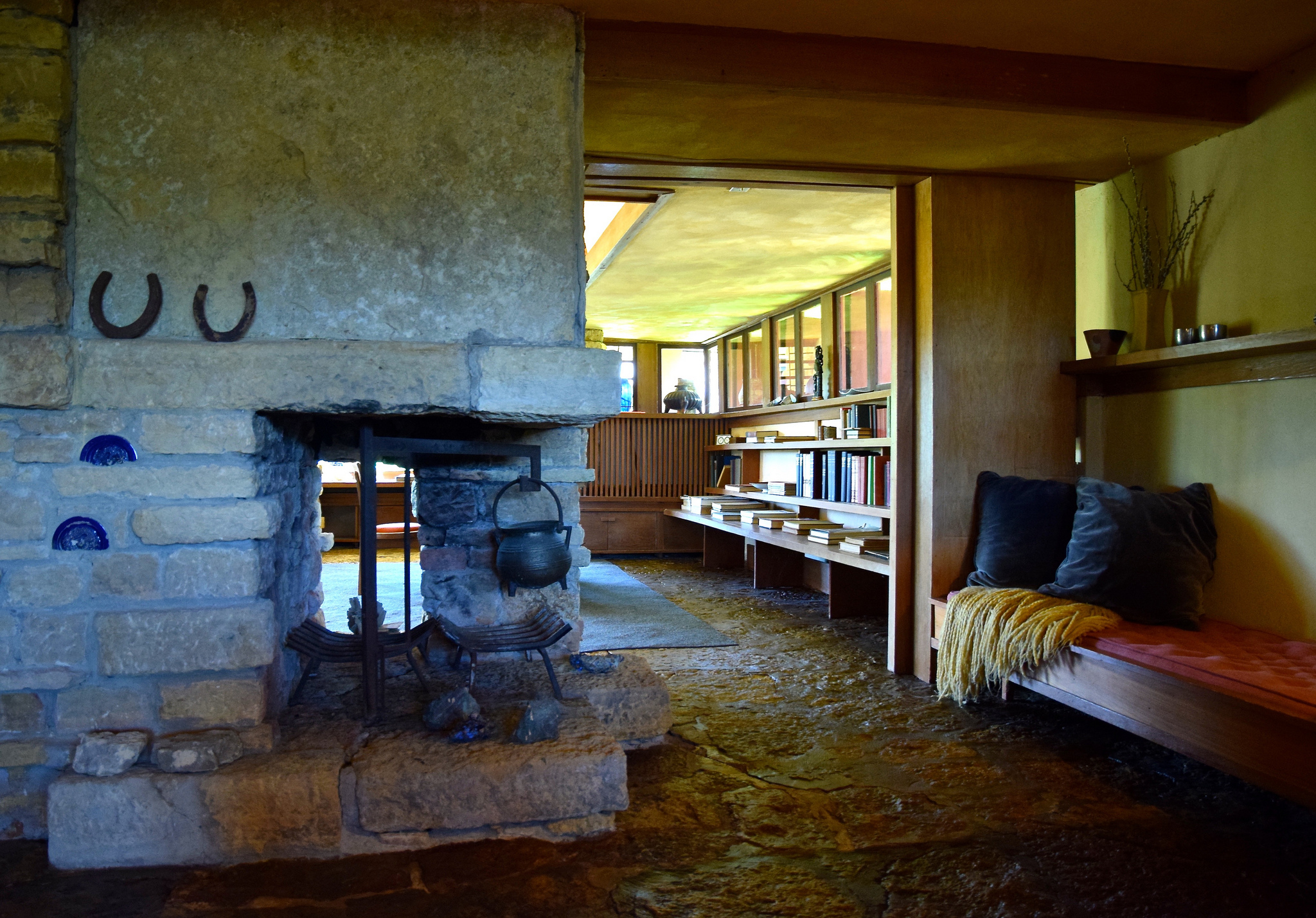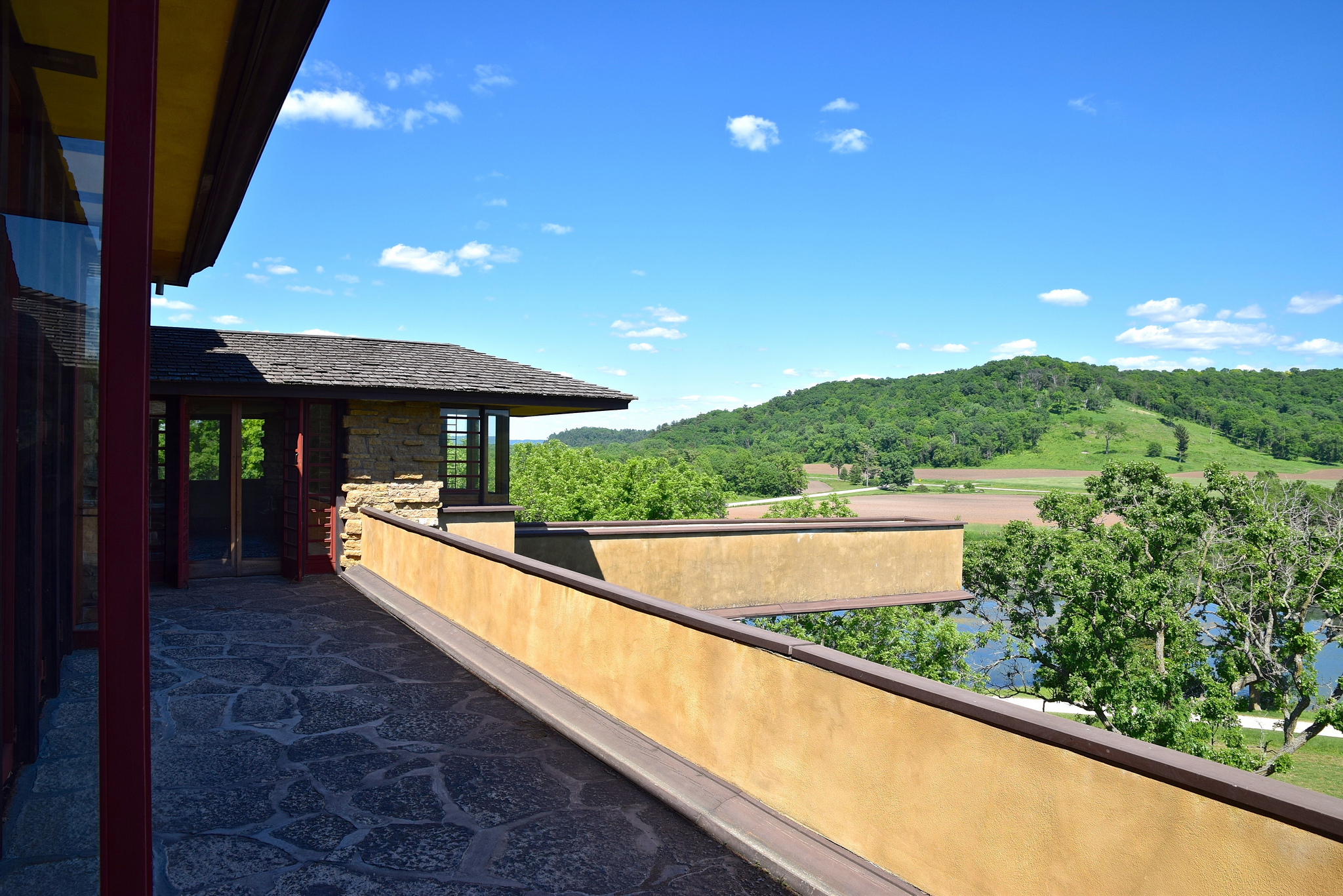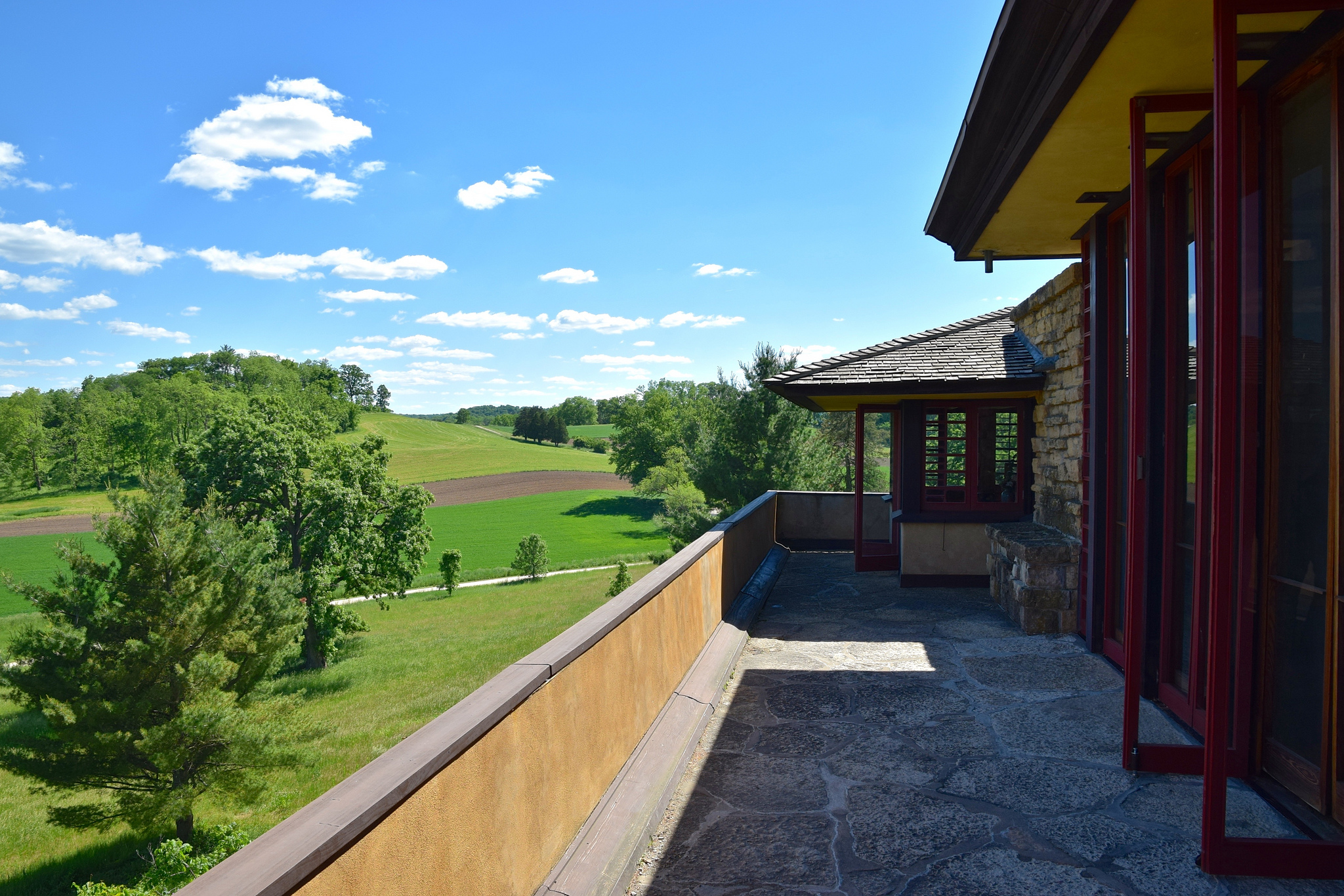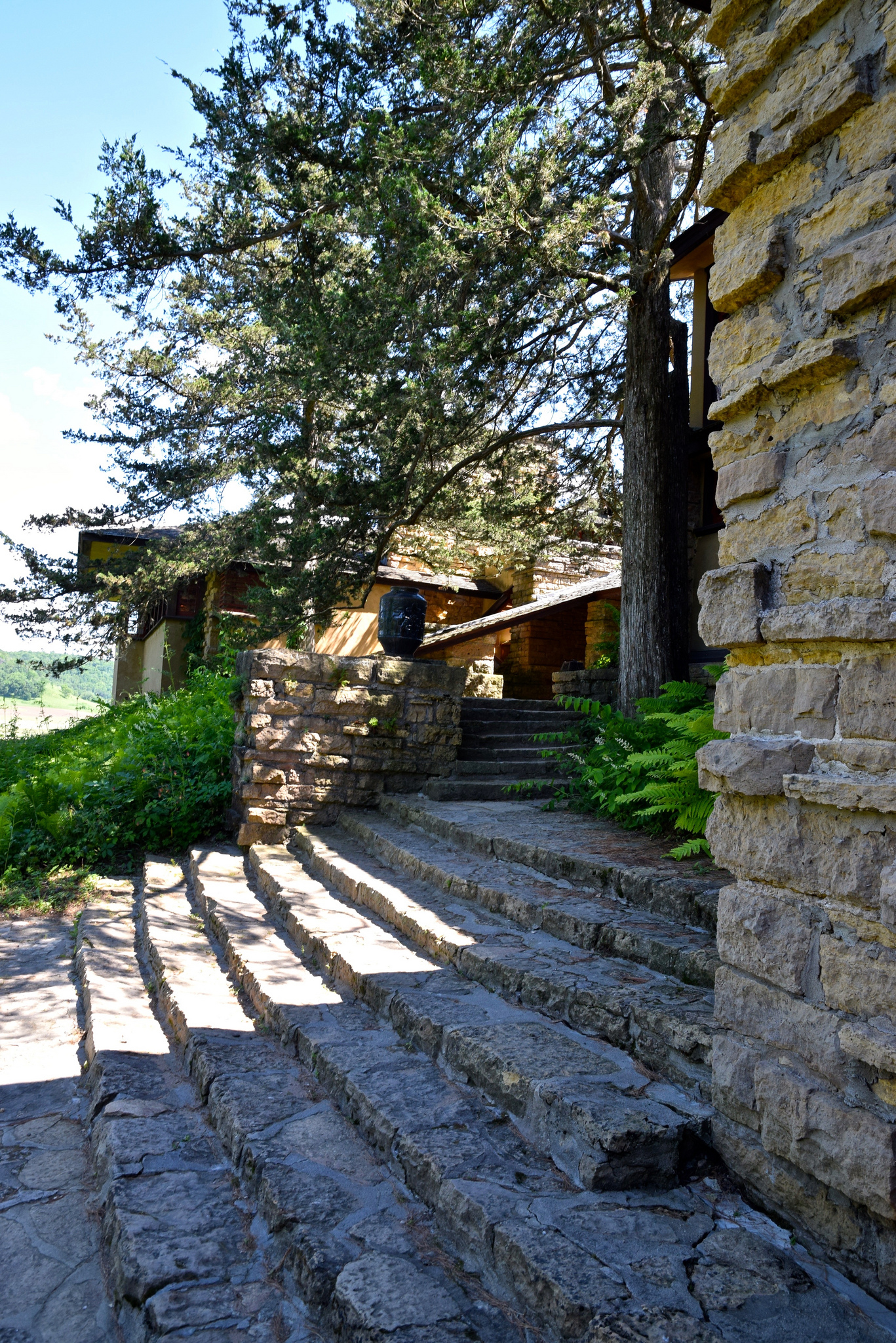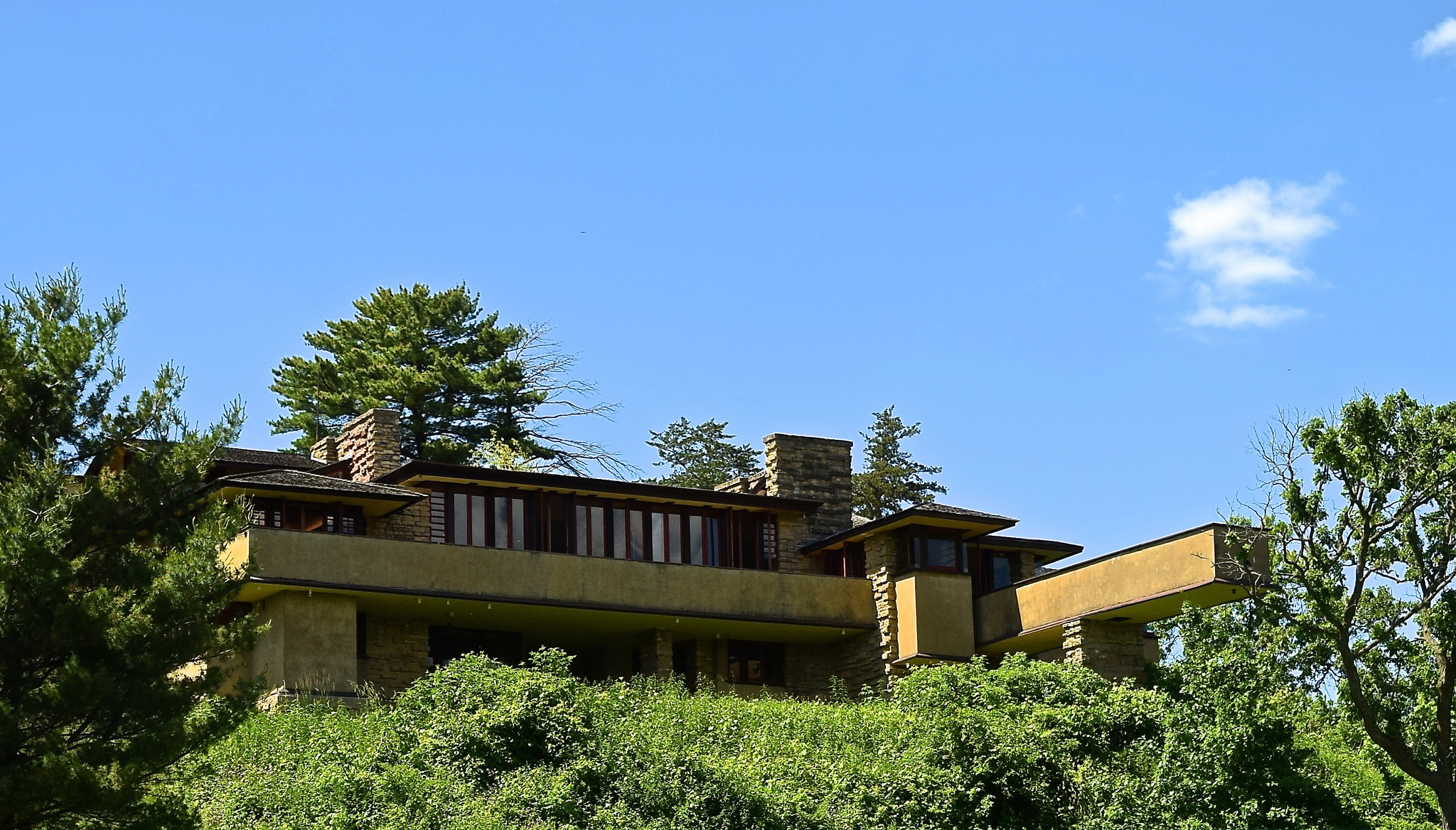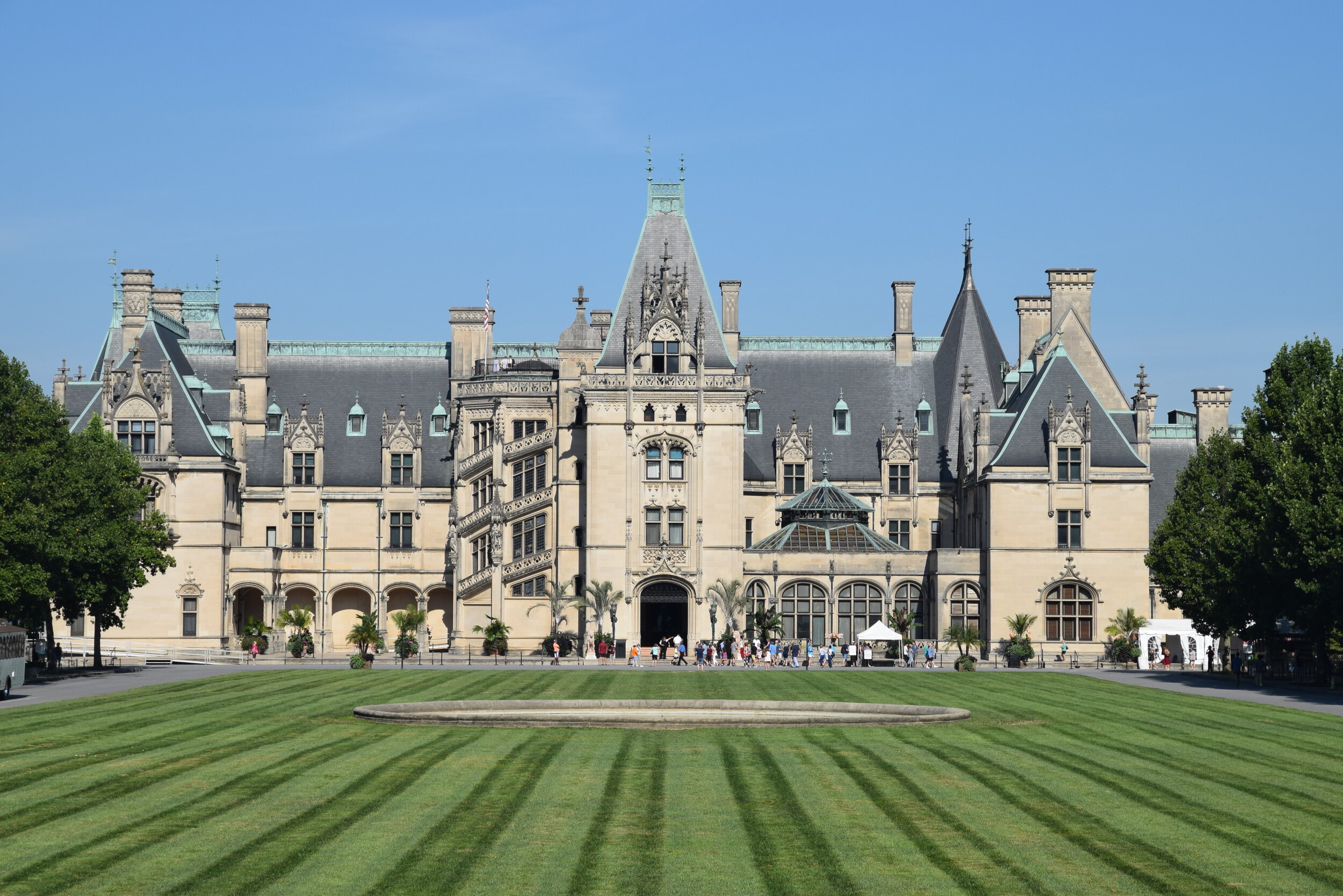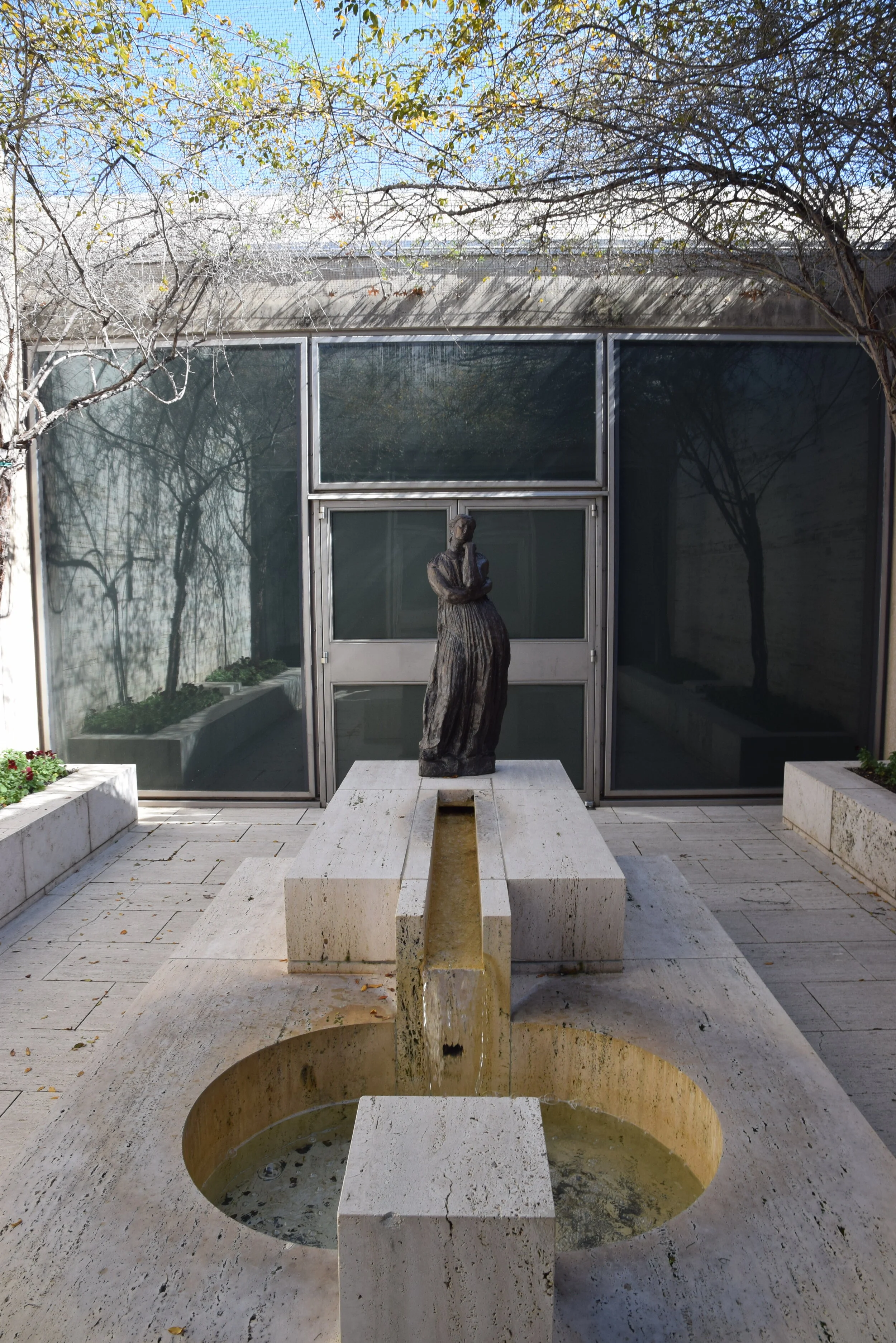Glenstone Museum: An Oasis for Art
/The Galleries Nestled into the Landscape
The museum: is it a place for preserving art, or is it art itself? Visiting Glenstone Museum in Potomac with a colleague* makes a strong case for the latter. What makes this place so spectacular is, well, that it is a place. The 230-acre site provides visitors with the opportunity to journey through a landscape of sculptures by Jeff Koons and Tony Smith and into a new complex of 11 galleries designed by Thomas Phifer and Partners. In an urban setting, this museum simply would not be as impactful. The journey starts by symbolically crossing a small stream near the new Arrival Hall. Once over the footbridge, patrons meander through an artfully constructed landscape that appears natural but with skillfully placed art.
The new complex sits in the landscape unassumingly, almost like a modern stacking of blocks, or a sculpture itself, seemingly void of glass and windows. As visitors get closer, they begin to realize that they really can only experience the green roof at the entrance level; the museum is mostly underground. The true feat of the museum is its open and light-filled character, albeit from the inside.
The Journey Begins













The Oasis: The new galleries complex
Visitors enter the new galleries on an upper floor and are greeted with a thought-provoking preface that suggests a mindset for the collection of art that awaits them. It is also scaled to be an integral part of the museum wall’s concrete panel coursing, not a simple plaque applied to the wall — suggesting that this idea applies to the museum itself too. Visitors follow an elegant stairway down into a series of 11 large galleries, which display a seemingly endless variety of modern art. Most galleries have minimal pieces, some are installations to experience, and a few have an extensive collection that read like a who’s-who of modern artists (think Pollock, Warhol, Jasper Johns, and Robert Rauschenberg). However, the real star of this complex of minimalistic galleries is the spectacular lily pond they frame in the center of the site. These strong basic cubic architectural forms frame and open up to an internal water feature in beautiful ways. As visitors move in and out of the various galleries, they simultaneously move around the lily pond, catching inviting glimpses. For this reason, an endless number of patrons linger on the wooden deck which hovers unobtrusively over the water. The pond is able to reflect the sky and the beauty of the outside to this mostly subterranean museum, making it a perfectly sheltered space to enjoy art.
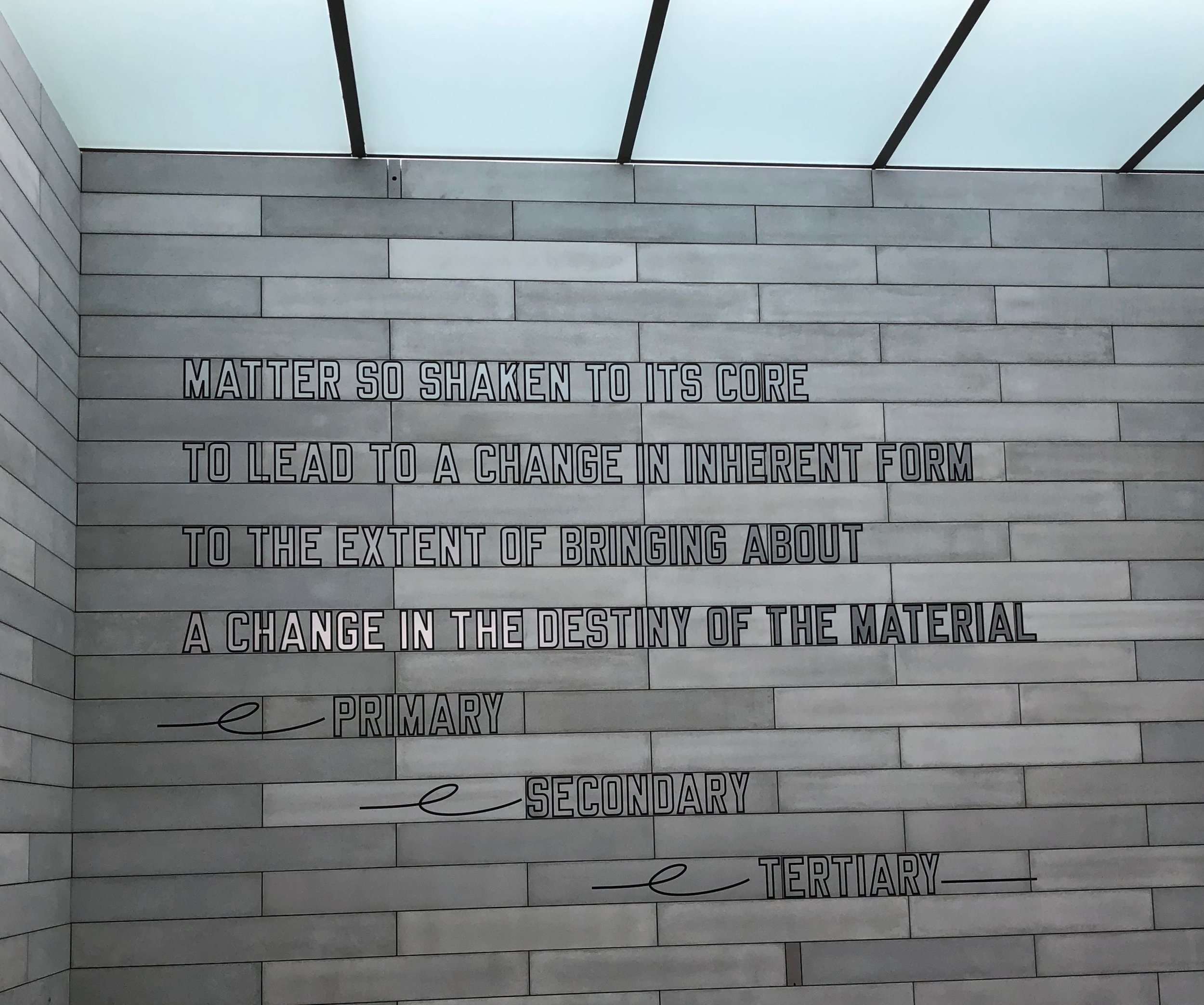



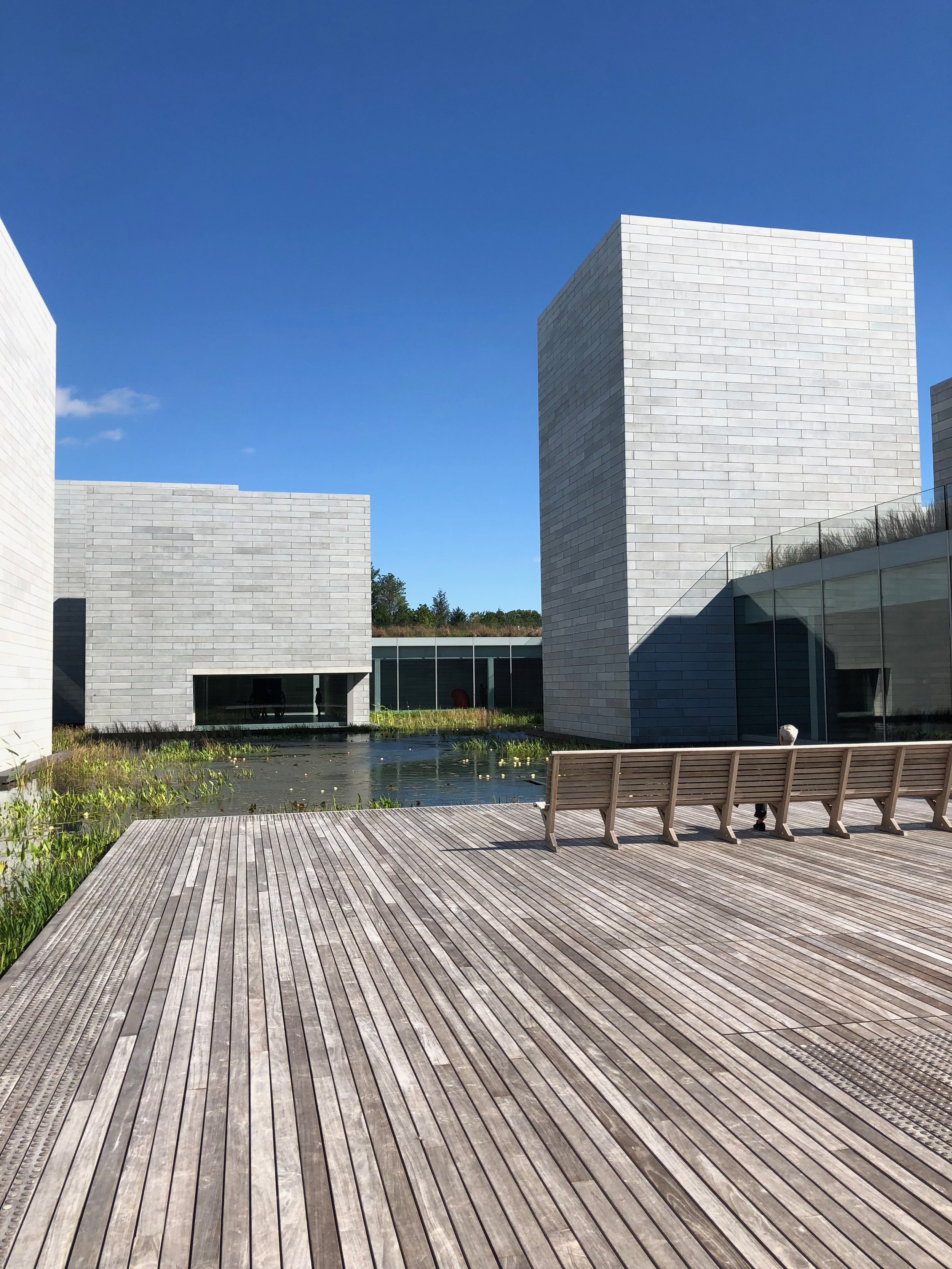

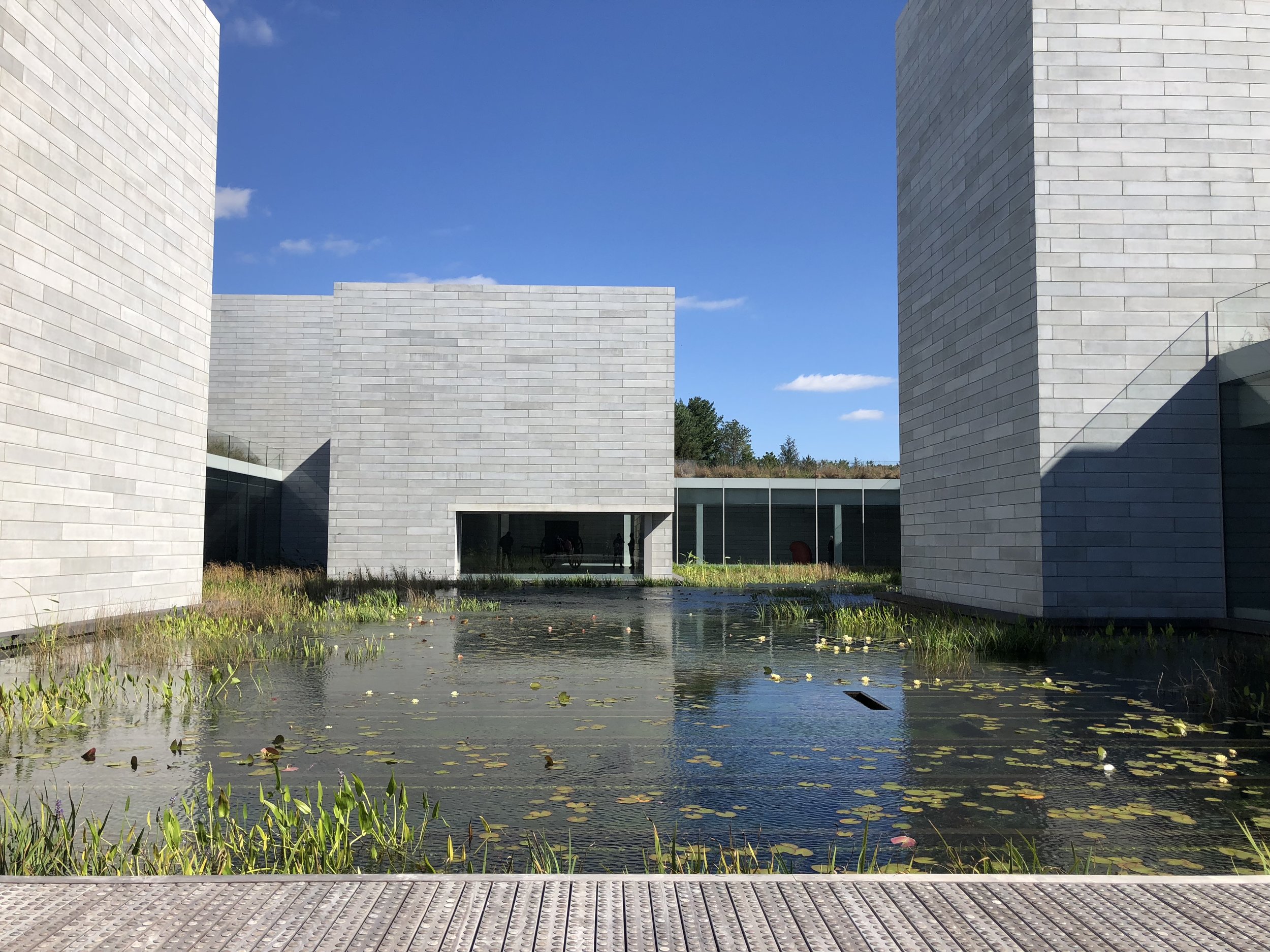





The Patio: Relaxation and Reflection
The site is home to an older museum, which houses the owner’s original collection in a building designed by Charles Gwathmey. This area has become a wonderful end to the journey of a museumgoer, with another footbridge to cross and a Richard Serra sculpture awaiting on the other side. There is also a lovely pond and patio area with a cafe that allow visitors to sit, relax and reflect. On a nice day, it’s especially difficult to leave, but after a bit of reflection patrons will undoubtedly be eager to experience the thoughtful landscape and design offered at Glenstone one more time through a leisurely stroll back to the entrance.
*Thanks to John Nolis for his efforts to make this happen!
Have a favorite museum? Share your experience or leave a comment.
Places and Perspectives is a blog devoted to exploring topics and images that inspire the sense of place. We always welcome suggestions of places readers want to learn about and see featured on our blog.









